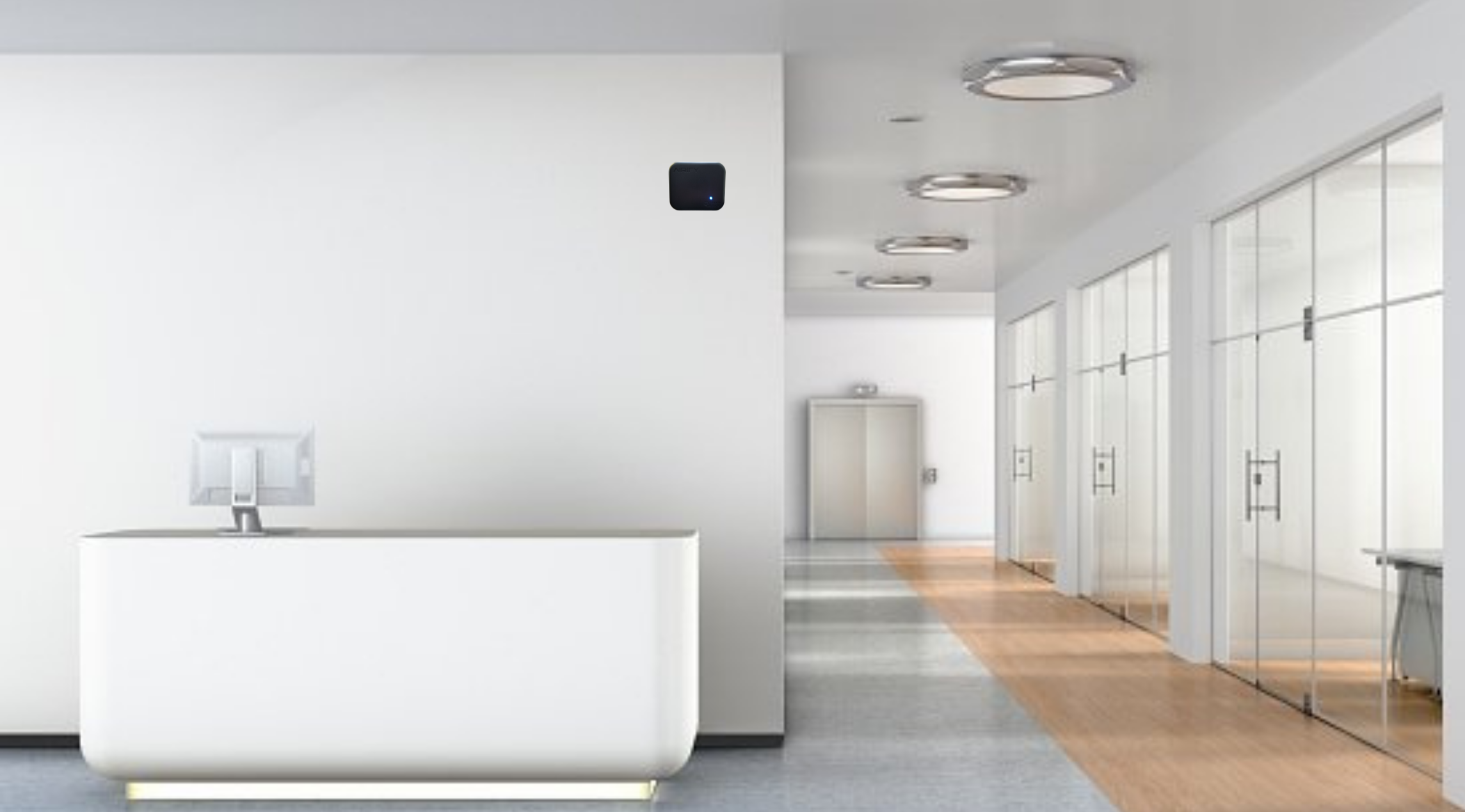We spend 90% of our time inside. Healthy air can mitigate airborne viruses, improve cognitive abilities, and increase productivity.
Say Hello to Indoor Air Security
The importance of understanding and managing indoor air quality (IAQ) is no longer an afterthought. Businesses and facility management teams are proactively deploying technologies and embracing health trends to build wellness into their spaces.

MOnitor the air you breathe
AIRIFY MONITORS SIX ENVIRONMENTAL FACTORS:
-

PARTICULATE MATTER
Monitor airborne particles that can irritate the eyes, nose, throat, and lungs, increase respiratory problems, and trigger asthma
-

VOCS
Monitor Volatile Organic Compounds that can lead to “Sick Building Syndrome”
-

RELATIVE HUMIDITY
Monitor humidity to prevent the spread of virus, dust mites and skin irritations
-

CO2
Carbon dioxide levels impact decision-making, productivity, restlessness, and drowsiness
-

TEMPERATURE
Keep an eye on the temperature to improve sleep and productivity
-

CARBON MONOXIDE
Carbon Monoxide (CO) is an odorless, colorless gas that will displace the oxygen in your body and lead to poisoning - often referred to as “the silent killer”
Who are our customers?
-

HOSPITALITY
Customers remain hesitant to dine in restaurants or stay in hotels. It is critical for the hospitality industry to do everything possible to put customers and employees at ease.
-

EDUCATIONAL INSTITUTIONS
Due to poor indoor air quality, students are losing one or two letter grades every cumulative year, which ultimately alters the trajectory of their lives.
-

HEALTHCARE CENTERS
Hospital air quality that is compromised by pollutants can lead to patient infections and also negatively affect hospital employees.
-

COMMERCIAL PROPERTY
Poor indoor air quality contributes to absenteeism through the increased prevalence of pollutants such as VOCs and carbon dioxide.
IAQ in the news











